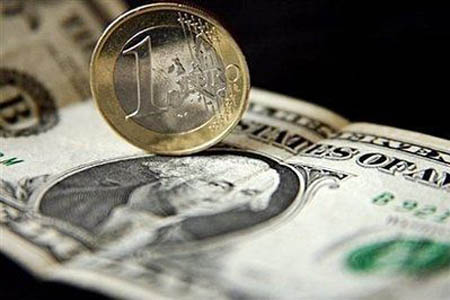
About Indian Forex Markets
Indian forex market, regulated by Foreign Exchange Management Act, 1999 as amended from time to time witnesses a daily turnover of about $33 billion. RBI (Reserve Bank of India) is the regulatory authority for foreign exchange. Beginning from 1993, India moved away from the regime of administered exchange rate. Over the past 15 years, Indian government has initiated excellent policy measures in the direction of liberalization of financial markets. From 1993 to 2008, Rupee has passed through various phases of volatility. Indian government decided to introduce exchange-traded currency futures in India in view of excessive volatility in exchange rate.
Earlier, the Indian forex market was restricted to currency forwards on OTC (over the counter) markets. Authorized dealers that included scheduled banks and licensed moneychangers carried out foreign exchange transactions with the public. With the introduction of exchange-traded currency futures, Indian investors would be able to trade Indian Rupee on their favorite exchange BSE.
About BSE
BSE – Bombay Stock Exchange, established in 1875, is India’s first stock exchange and Asia’s oldest stock exchange. BSE is world’s number 1 stock exchange in terms of number of listed companies. BSE Sensex, an icon in the global stock markets, represents overall Indian Economy. BSE has strategic partnership with world’s leading exchanges Singapore Exchange and Deutsche Bourse. BSE does not need any more introductions due to its popularity among common Indian investors.
Currency Futures on BSE
BSE is the third exchange in India after NSE and MCX stock exchange to have received the regulatory permission to launch exchange traded currency futures. BSE CDX (Currency Derivatives Exchange) would soon commence trading in INR currency futures.
Here’s a quick guide to trading currency futures on BSE CDX (Currency Derivative Exchange)
1. How do I trade currency futures?
You have to register with any BSE broker who has taken the membership of BSE CDX. It is very similar to trading equities on BSE. Your broker may offer you internet trading in currency futures.
2. Which currencies I can trade?
Initially you can trade USD INR future contracts. Later on, as per the permissions of SEBI, new contracts in Euro INR and JPY INR and many other futures and options would be available.
3. What are the timings of BSE CDX?
Monday to Friday (excluding public holidays – refer the list on the exchange website) between 9.00 am to 5.00 pm
4. Is it possible to sell to currencies without owning it?
Yes. It is possible to sell currency futures even if you do not owe any forex. It is called as short positions in currency futures. Essentially speaking, it means that it is an agreement to sell the currency on the expiry date of the contract. However, since the contract settlement is in cash, you don’t need to deliver the currencies on the final expiry date.
5. What is the meaning of spread contract?
If you simultaneously buy (go long) September month USD INR futures contract and sell October INR contract, then it is termed as spread contract. When you are not sure of the direction of exchange rate or if you find any cash futures arbitrage (difference between market value and intrinsic value) opportunities, then you can take positions in spread contracts. It is also called as calendar spread. A flat margin of Rs.250 per spread is payable in such cases.
Here’s a quick snapshot of contract specifications of BSE CDX USD INR future contract.
1. Number of contracts: 12 monthly contracts
2. Quote: Base currency is USD and variable currency is INR. Price of one USD would be quoted in INR in the steps of 0.25 paisa or 0.0025 INR. For example – 1 USD = 46.0725
3. Lot/Contract size: 1000 USD and in multiples of 1000
4. Clearing and Settlement process:
- Daily Settlement: MTM (Mark to market) profit and loss similar to equity derivatives segment is payable/receivable by the traders. Daily settlement price would be disseminated by the exchange.
- Final settlement: Contracts would be settled in cash on the final settlement date as per the reference rate of RBI. Final settlement date would be the last working day of the month (except Saturday and holiday)
5. Margins: Initial margin @ 1.75% on the first day and there after @ 1%; besides there will be extreme loss margin and MTM margins.
6. Position limits: Gross open positions shall not exceed 15% of total open positions or $25 million (whichever is higher) at trading member level and 6% or $5 million at client level. If the trading member is a Bank then the position limit shall be 15% or $100 million. Exchange would alert the client when the position reaches 3%.





